Figure 1.
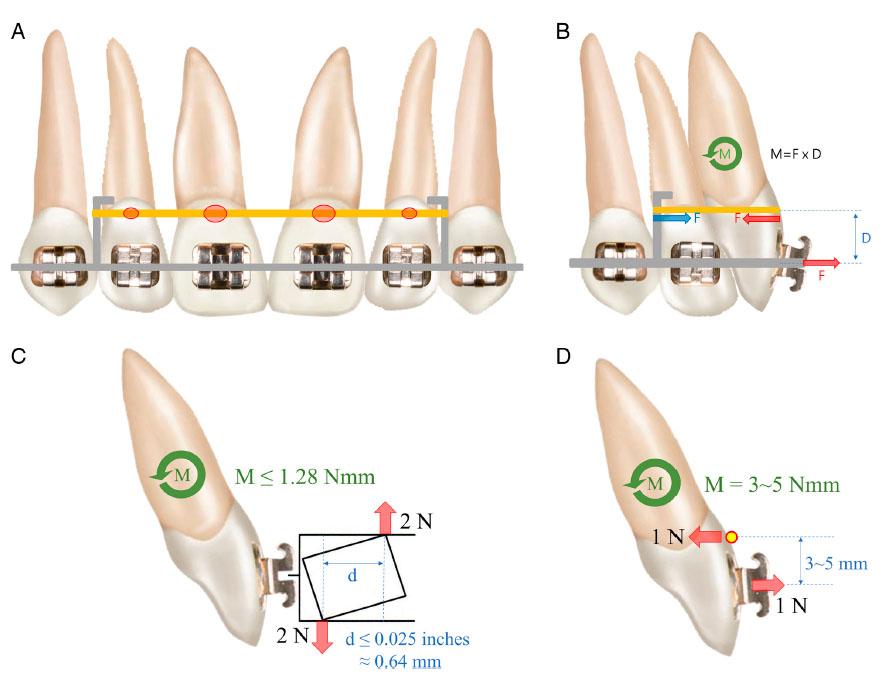
Figure 2.
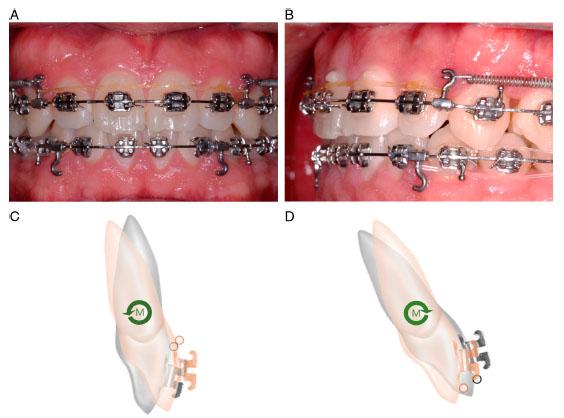
Figure 3.
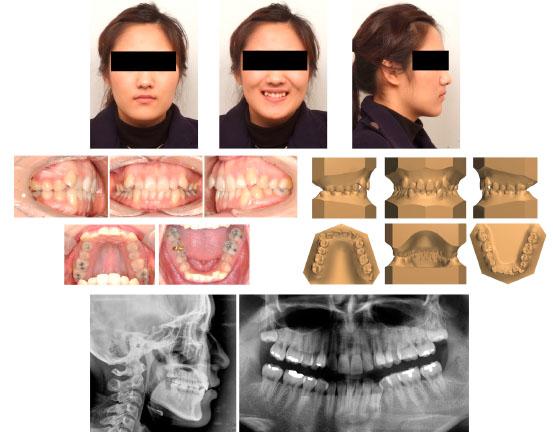
Figure 4.
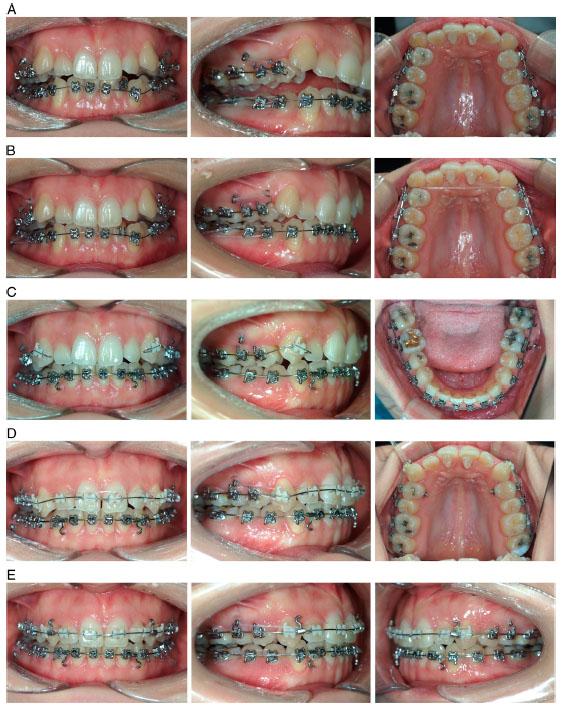
Figure 5.
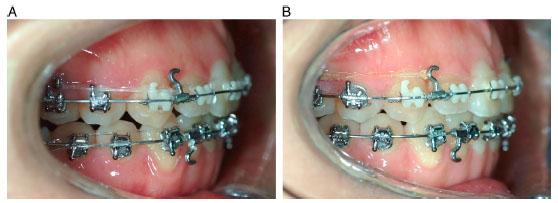
Figure 6.
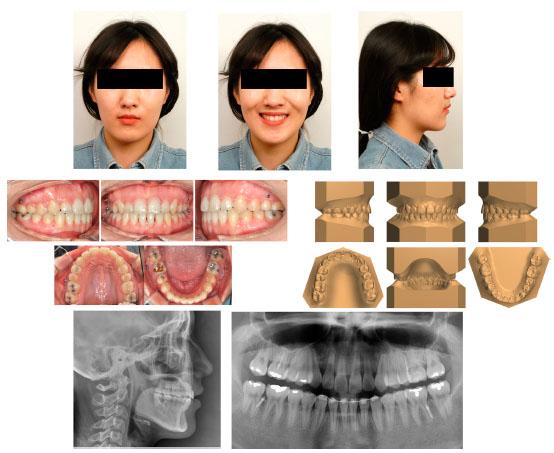
Figure 7.
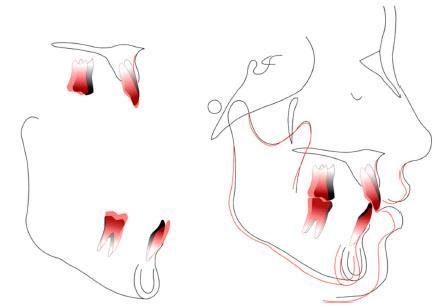
Figure 8.
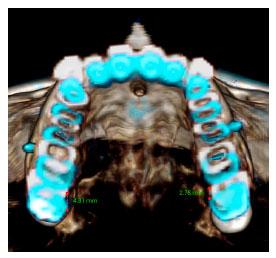
Figure 9.
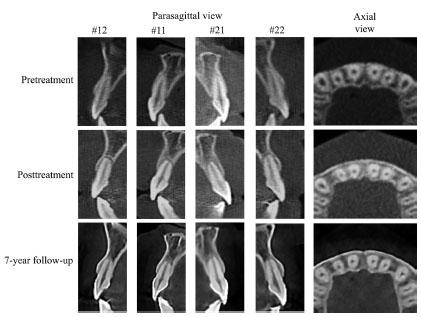
Figure 10.
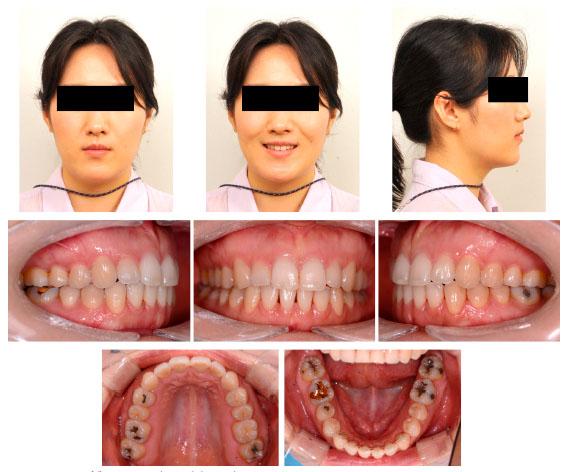
Cephalometric measurements
| Pretreatment | Posttreatment | |
|---|---|---|
| SNA (degree) | 80.4 | 80.2 |
| SNB (degree) | 77.1 | 75.8 |
| ANB (degree) | 3.3 | 4.4 |
| Wits appraisal (mm) | 0.74 | 1.2 |
| FMA (degree) | 20.7 | 22.1 |
| U1 to FH (degree) | 102.6 | 107.1 |
| IMPA (degree) | 87.8 | 93.2 |
| Interincisal Angle (degree) | 148.9 | 137.6 |
| Upper lip to E-line (mm) | –3.6 | –3.8 |
| Lower lip to E-line (mm) | –1.1 | –1.9 |